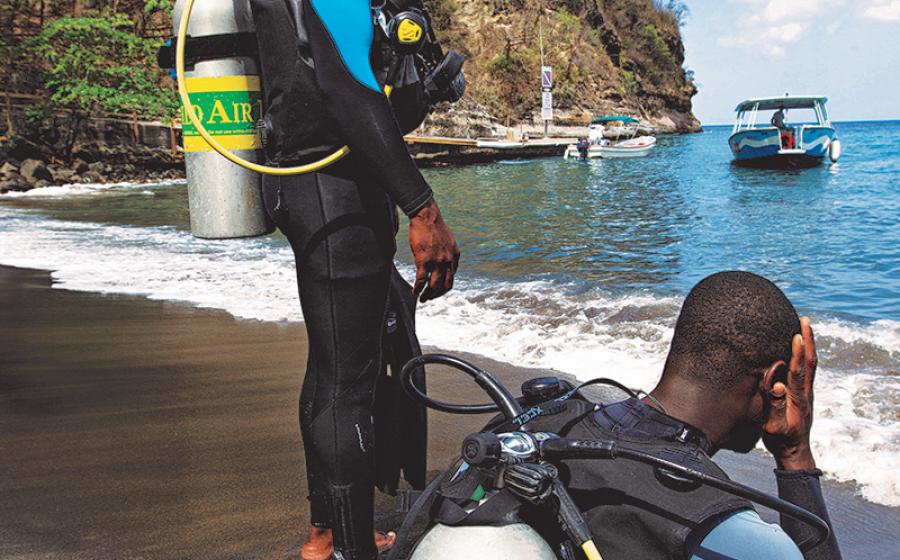Divers Alert Network Articles
Some of the world’s best dive sites are only accessible by boat, but unfortunately, seasickness prevents some divers from visiting them.
Cuts and scrapes are among the most common injuries incurred by divers, and DAN receives calls from people who have come in contact with coral at least once a week.
Pulmonary edema is an abnormal leakage of fluid from the bloodstream into the alveoli—the microscopic air sacs in the lungs. It is most often the result of heart failure or other cardiac problems. Sometimes, however, pulmonary edema is observed in swimmers and divers when no underlying medical cause is apparent.
A proactive mindset will help ensure you aren’t caught off guard by seemingly minor irritations.
The adage “an ounce of prevention is worth a pound of cure” dates back to the 18th century, but it still rings true today.
ASK DAN: What is IPE, and Who is Susceptible?
Divers Alert Network, a dive safety organization, is looking to hire a medic, safety coordinator and writer/editor to promote safer diving.
Oxygen toxicity is one of the most significant dangers nitrox divers face, but fortunately it’s easily preventable.
In its nearly three decades of use, several misconceptions have surrounded the use of nitrox, most notably that divers report feeling less tired after a dive on nitrox than they would on air.









